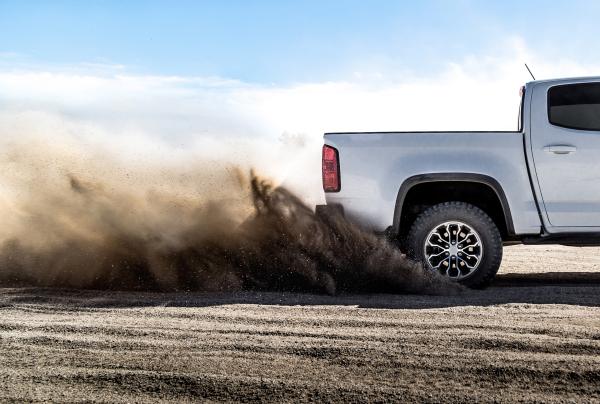
Following the government’s Autumn Budget 2024 announcements, HMRC has published new guidance regarding a change in the interpretation of how double-cab pickup (DCPU) vehicles should be classified for car benefit purposes. This will change the tax position for any employee first provided with a DCPU after 5 April 2025.
What is a Double Cab Pick Up (DCPU)?
According to HMRC, a DCPU is a vehicle which has:
- a row of seats behind the driver and is capable of seating in the region of four passengers in addition to the driver
- four doors which can be opened independently; and
- an uncovered pickup area behind the passenger cab.
Background to the changes
Whether a vehicle is a car or a van has always been very important for tax purposes. For an employee who is able to use the vehicle privately, the benefit in kind cost is significantly higher if they are considered to be using a car, compared to a van.
Since 2002, the tax treatment of DCPUs for benefit in kind (and capital allowance) purposes has followed the VAT treatment. Under this approach, a DCPU with a payload of 1 tonne (1,000kg) or more has been accepted as a van for benefit –in kind purposes. HMRC defines payload as the gross vehicle weight (or design weight) less the unoccupied kerb weight.
This approach was simple – and the resulting tax benefits have probably contributed in part to the popularity of DCPUs in recent years. However, a long running case involving crew-cab vehicles owned by Coca Cola has complicated the position. Crew-cab vehicles are more akin to the traditional transit van, in that the area to carry a load in the rear is covered, but they share the DCPU feature of a second row of seating behind the driver. Coca-Cola argued the vehicles they provided were vans, but in 2020, the Court of Appeal finally held them to be cars on the grounds that they did not have the carriage of goods as a primary purpose.
The result was an inconsistency in the tax treatment of crew-cab and DCPU vehicles which can both carry more passengers than the ‘traditional’ van or pick-up with only one row of seats. The new approach resolves that difference.
The new position
From 6 April 2025, HMRC will no longer apply the ‘payload’ test to DCPUs. Instead, the same approach will be taken as that applied to crew-cab vehicles. This requires the employer to consider whether the vehicle is primarily suited to carrying passengers or goods. To be classed as a van, the vehicle must have a primary suitability for carrying loads. If the primary suitability is for carrying passengers - or there is no primary suitability - it will be considered a car.
This assessment must take place at the point the vehicle is provided to the employee – so after any post factory modifications that have been carried out. This is reflected in new guidance in HMRC's Employment Income Manual. HMRC is now expecting most DCPUs to fall within the definition of ‘car’ as they have no primary suitability for either loads or passengers.
Transitional Arrangements
Fortunately for existing drivers of DCPUs, there are transitional arrangements in place to protect the current benefit –in kind position. Where employees are using DCPU’s purchased, leased or ordered on or before 5 April 2025, their employer will still be able to treat vehicles with a payload of more than one tonne as vans until either the vehicle is disposed of, or until 5 April 2029 .
The new guidance referenced above contains a number of examples setting out how the transitional rules are intended to work.
Other taxes
The changes also have other tax implications including for capital allowances and the calculation of business profits.
For expenditure after 1 April 2025 for Corporation Tax and 6 April 2025 for Income Tax, DCPUs must be assessed not on their payload, but on their ‘primary suitability’. Again, HMRC are expecting this to result in most DCPUs being classified as cars. This means that 100% Annual Investment Allowance claims will no longer be available. Additionally, since most DCPUs are likely to have CO2 emissions over 50g/km, writing down allowances will be restricted to the lower 6% rate.
Again, there are some transitional arrangements in place where the old payload test can still be adopted provided that the expenditure on the vehicle is incurred before 1 October 2025 and the contract was entered into before either 1 April 2025 (Corporation Tax) or 6 April 2025 (Income Tax).
Confusingly, the ‘payload test’ does seem to still be valid for VAT purposes, so from April 2025, DCPUs could be classified as cars for most purposes apart from VAT.
This article reflects the position at the date of publication shown above. If you are reading this at a later date you are advised to check that that position has not changed in the time since.
We regularly publish articles on a range of tax and wider topical issues which affect employers. If you wish to subscribe to our monthly Employer Focus e-newsletter, please contact us.















